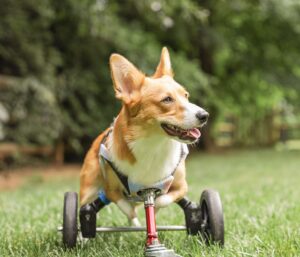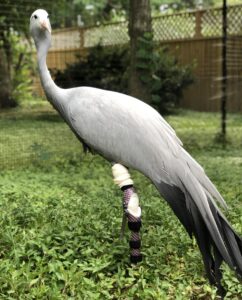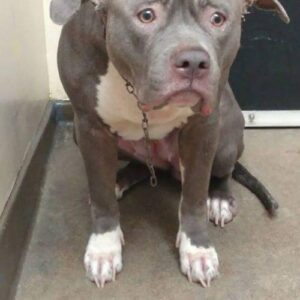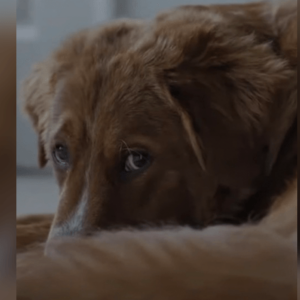After the success of the initial device he made, Campana proceeded to study more to see if anybody else in the world was doing this and discovered that no one else was producing prosthetics for animals at the time. Consequently he instantly began a firm, which developed to become an international concern.
“Everything I learned on the human side, I wanted to offer to the veterinary side, and it was simply this fully open market,” he added. “I am also an entrepreneur at heart, and I adore making things with my hands.”

Believing he had a “talent for this,” Campana worked more with Charles’s owner, a veterinarian who comes across numerous damaged dogs and brings him these diverse cases.
Owing to this, Campana was able to steadily strengthen his talents. But, it was not wholly straightforward, and in some cases it was so tough for him that he had to manufacture the device or prosthesis again and over again.
For example, Campana recounts that there was once a dog named Evany that had a rather high front limb amputation. With no prior experience creating such a prosthesis, he attempted it 8-10 times.
“When I finally got it to work, to get it upright, and the dog to walk, I was really thrilled because I found out that there are many more dogs in the world who require precisely the same sort of treatment,” he added. “I recognized that I had just extended my patient base.”

Having found out the recipe over all these years, Campana’s operation is currently functioning as smoothly as possible. Everything is made on site in Sterling, Virginia. Owners that live closer to home bring their animals to be shaped, or if they are further away, the firm gives them a molding kit. A mold is then formed with the aid of instructional films or with the expertise of a veterinarian.
Campana, who loves to use his hands, sculpts all the molds himself. Animals are fitted with the prosthesis at the shop or sent to the opposite side.
According to Campana, there is a misperception that prosthetics are for the privileged. He underlines that it is precisely the reverse.
“It can truly substitute surgery and make animals recuperate in another way without going under the knife or under the knife,” he says. “For example, a dog ruptures its anterior cruciate ligament and has to have knee surgery for $5,000. But, that is not always necessary: we may place a knee pad on the dog. And after a few months the knee brace may be removed and they mend without the need for surgery.”
He points out that the process is also lot easier and people can save more money in the long run.
“The most important thing I want people to grasp is that compared to surgery, the cost of our prosthetics and orthotics is far lower, and they are just as effective, if not even better,” Campana said.
Thus far, the largest animal that Campana has helped by fitting a prosthetic limb is a male elephant. By now, she has helped several elephants, since she has lately returned from Thailand after aiding these animals.





